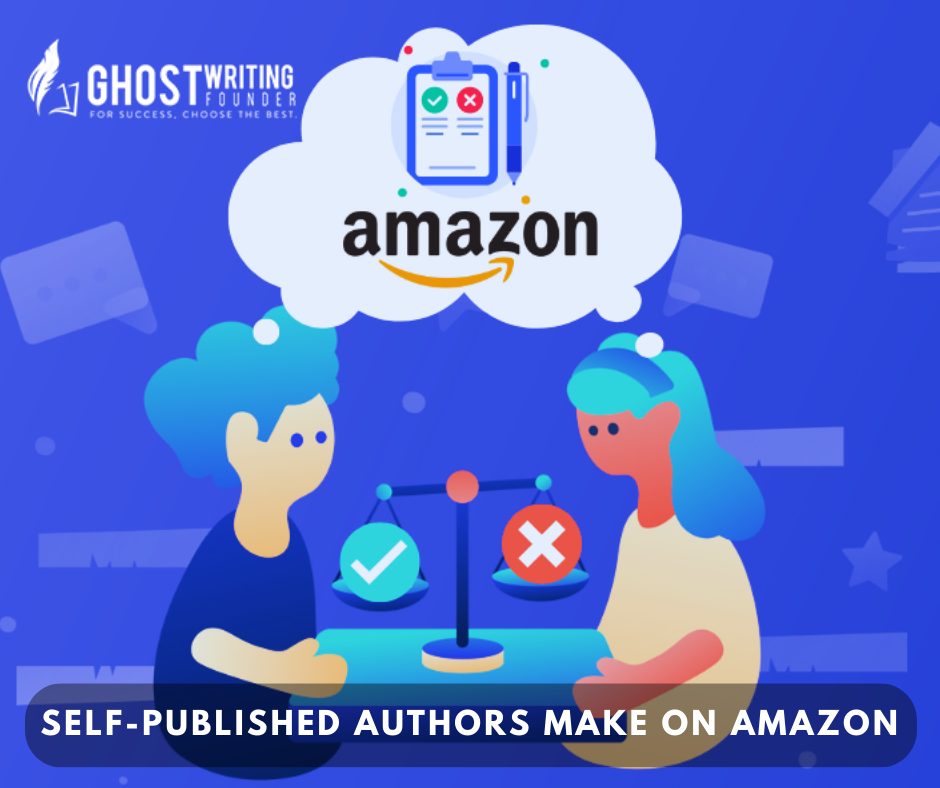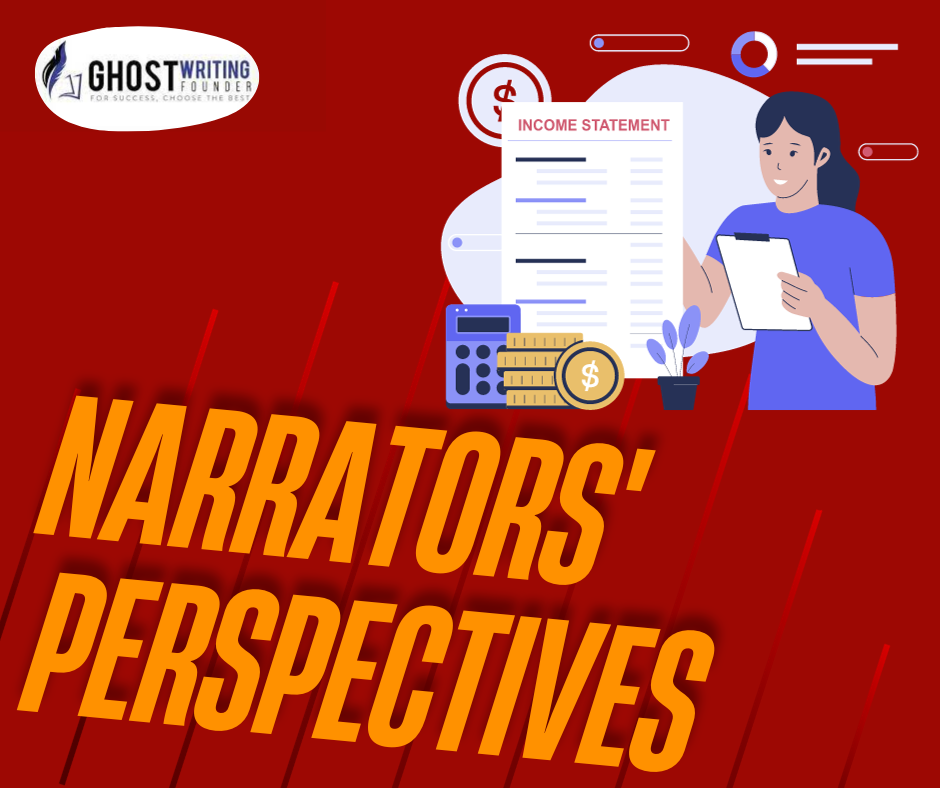
Writing
Wanting your writing to stand out, you may wonder what to look for while proofreading.
The proofreading phase of editing is essential. The finishing touch helps your words precisely convey what you mean.
Proofreading is a given throughout the job search process and in all forms of business correspondence. And it looks like a simple proofreading process, as you’re essentially simply rereading what you’ve written.
Six Things to Look for When Proofreading
Proofreading is essential to writing, ensuring your work is clean and mistakes-free. The proofreading process means carefully reviewing and fixing grammar, writing, punctuation, and other parts of the language. But good editing is about more than just fixing typos. It also means looking at your work’s clarity, logic, and effectiveness.
Here are some essential things to look for when editing that will help you become a good one:
1-Sentence Structure
Look at how long your lines are. Do you see a lot of commas, semicolons, and conjunctions? Some of your lines might be too long, so see if you can make them shorter to clean them up.
It’s better to break things up and ensure everything is easy to read than to try to sound great and confuse your reader.
Pro tip: Many pros use too many semicolons, and I’m one of them. Try removing a few and making independent statements to make the proofreading process more transparent.
2- Verb Tenses
Verb tenses are annoying because how people speak and write is often very different from how good grammar says you should speak and write. For more insights into effective writing, check out 8 Tips for Writing Short Film Scripts That Connect. Read over your lines again to ensure you haven’t mixed up word tenses or used more than one tense in the same sentence. It often happens when you list several actions.
3- Grammatical Errors
Ensure there are no typing mistakes, like misspelled words, missing or repeated letters, or sentences that don’t make sense. Pay attention to the subject-verb order, the mood of the word, and the use of punctuation.
For proofreading, use grammar and spelling checkers, but remember that they may only catch some mistakes. Enhance your understanding of this process with How Much Does It Cost to Copyright a Book? It is essential to look over your work by hand.
4- Formatting
It is imperative if you are putting in a cover letter or resume. Look at your whole paper, or have someone else do it for you and give feedback on how it looks. Are the lines too far apart? Is the size of the text too small or hard to read?
Please make something easier to read by making it bold. The piece you are giving should look as good as it sounds.
5- Consistency
Ensure your writing is uniform throughout, mainly if you use numbers, symbols, or typos. For more on maintaining consistency in writing, see How to Cite Multiple Authors in MLA: A Complete Guide. For example, do you say “coworkers” and “coworkers” at work? Choose the one you want to use. How do you talk about stats on your resume? Do you use “%” or “percent”? Both are correct, but choosing one and sticking with it is essential.
6- Syntax and Flow
Look at how the information is put together as a whole. For a deeper dive into structuring your writing effectively, explore The Ultimate Guide to Effective Blog Design. Check to see if the ideas are put in a sensible order, if there are smooth changes between paragraphs, and if the words make sense. Make sure the information moves well and is easy to understand.
It’s easy for your work to start sounding messy or confusing, especially after you’ve edited and changed it. So, after one round of book editing, ensure everything makes sense and is easy to follow.
Proofreading Tips and Checklist To Follow
Proofreading is the last step in getting a book ready to be sent or published. It includes looking for language, spelling, and phrasing mistakes and ensuring the words are used consistently and correctly.
It’s important to edit your work because every writer makes little mistakes that can make your writing less credible and draw attention away from what you’re trying to say. In this post, we’ll talk about our five best tips for book editor.
Check Your Work Thoroughly
You can also find mistakes you could have made better by reading the text backward. You should read the last line, look for mistakes, and then move on to the sentence before it. Do this until you reach the beginning.
This way of proofreading lets you focus on individual lines and parts of the document without being sidetracked by the rest of the text or how the document flows. The method of Ghostwriting Founder works best when focusing on one editing part at a time. Learn more about our specialized approach at Content Development Services.
Use Proofreading Tools
Many proofreaders find that reading the text aloud helps them catch mistakes that their minds fix when reading quietly. There are even tools that can read out loud for you. Most word writing programs, including Microsoft Word, have a “Read Aloud” feature.
Make sure your spelling and language checks are on. They’ll catch little mistakes you might miss, like phrasing and sentence structure, and let you know about them. You can also use a tool like Grammarly to check over your work. For more comprehensive writing assistance, consider our SEO Blog Writing Services.
Just be careful not to rely too much on these tools in proofreading because they won’t always understand the context or your tone and style choices.
Fact-Checking
Verify the accuracy of any factual information presented in the content. Cross-reference sources and ensure that statistics, dates, and other details are correct.
Check One Thing at a Time
Pay attention to one thing at a time as you review. For example, check for writing mistakes in one pass and pay attention to the language in the next. This method helps you stay on task and makes sure you’re careful.
Proofread After a Break
Give your eyes a break after working hard to write, rewrite, and fix a text. Put the job aside for a few days. When you go back to editing, do it somewhere other than where you wrote the piece.
It will help you switch from writing to editing mode and let you focus on mistakes and things that don’t make sense. This change is especially important if you are the writer since it is harder to review your work critically than someone else’s. For an external perspective, explore our White Paper Writing Services.
Key Characteristics and Profound Details
| Proofreading Focus | Why It Matters | Actionable Tips |
|---|---|---|
| Sentence Brevity | Ensures clarity and readability. | Break long sentences into shorter ones; avoid overuse of semicolons. |
| Verb Tense Consistency | Maintains a coherent narrative flow. | Revisit sentences to check for mixed or inappropriate tenses. |
| Grammatical Precision | Enhances the professionalism of the text. | Use grammar tools, but also manually review for errors like typos or incorrect subject-verb agreement. |
| Effective Formatting | Impacts the visual appeal and readability. | Adjust text size and spacing; use bold text for emphasis where necessary. |
| Consistency in Usage | Provides uniformity in style and terminology. | Standardize the use of terms, symbols, and formats (e.g., “percent” vs. “%”). |
| Syntax and Logical Flow | Ensures the text is coherent and understandable. | Organize ideas logically; ensure smooth transitions between paragraphs. |
| Multi-faceted Proofreading | Covers all aspects of editing for a polished final product. | Include strategies like reading backward, aloud, and using proofreading tools; fact-check and take breaks before the final review. |
Implement the Right Strategy
The proofreading process might seem insignificant, but it is essential. Errors and errors in your writing could be clearer and can change what you are trying to say. They also make you look bad as a writer and an expert. We suggest you use a schedule, take breaks, read your work aloud, use editing tools, read, and have someone else look at it while proofreading.









Leave a Reply